Breathtaking Day Tour to Luxor from Hurghada
Luxor day trip from Hurghada will offer a golden entrance leading you into the heart of a living miracle to feel the magical touch of the gods in this majestic city of Luxor. All our guests will get to discover the colossal wonders of the holy city of Luxor, which include the Karnak Temples Complex, Hatshepsut Temple, the Valley of the Kings, and various more.
With our Luxor day trip from Hurghada, our clients will get inside the city of a thousand gates and explore the ancient Egyptian architecture in its finest form, showcasing the vast heritage of ancient Egyptian culture. Enjoy the excellent services of a skilled tour guide and a relaxing A/C vehicle presented by Egypt Tours Portal, the best travel agency in Egypt. Everyone will get a glimpse of the purest form of ancient beauty waiting for you, so book now and make every moment count!
Karnak Temple

The Karnak Temple Complex is located on the east bank of the Nile in Luxor, Egypt. This vast complex features a mix of temples, chapels, pylons, and other structures. The name “Karnak” is believed to originate from the ancient Egyptian language, potentially linked to the word “Ipêt-I sut,” meaning “the most select (or sacred) of places.”
The Karnak Temple Complex is one of the most significant religious sites in ancient Egypt, representing the combined achievement of generations of builders over centuries. Primarily dedicated to the god Amun, it also honoured various other deities. The complex served as a central hub for religious worship, ceremonies, and festivals in ancient Egyptian history. Its impressive scale and grandeur make it a remarkable archaeological and historical site.
A Day Tour to Luxor from Hurghada typically includes a visit to the Karnak Temple, allowing travellers to appreciate its historical significance and architectural beauty. Many Luxor tour packages feature this iconic location, providing an enriching experience of Egypt’s ancient culture and heritage.
Hatshepsut Temple
 The Mortuary Temple of Hatshepsut, situated on the west bank of the Nile near Luxor, is indeed a remarkable structure with historical significance. However, it is not directly associated with the 11th dynasty mortuary temple of Mentuhotep II.
The Mortuary Temple of Hatshepsut, situated on the west bank of the Nile near Luxor, is indeed a remarkable structure with historical significance. However, it is not directly associated with the 11th dynasty mortuary temple of Mentuhotep II.
Hatshepsut, one of the few female pharaohs of ancient Egypt, reigned during the 18th dynasty (circa 1479–1458 BCE). Her mortuary temple was built to honor her memory and the gods. The temple’s design is unique and reflects the innovative architectural styles of the time.
On the other hand, Mentuhotep II’s mortuary temple is associated with the 11th dynasty (circa 2061–2010 BCE), a much earlier period in ancient Egyptian history. Mentuhotep II is often credited with reuniting Upper and Lower Egypt, marking the end of the First Intermediate Period and the beginning of the Middle Kingdom.
While Hatshepsut’s temple was not constructed directly alongside Mentuhotep II’s temple, there is a connection between them in the broader historical context of ancient Egyptian civilization. Each temple represents the architectural and religious trends of its respective time period.
Valley of the Kings
 The Valley of the Kings is indeed a famous ancient burial site located on the west bank of the Nile River near Luxor, Egypt. It served as the primary burial ground for many pharaohs and high-ranking officials during the New Kingdom period (circa 1550–1070 BCE). The valley is renowned for its rock-cut tombs that housed the mummies and burial treasures of these ancient rulers.
The Valley of the Kings is indeed a famous ancient burial site located on the west bank of the Nile River near Luxor, Egypt. It served as the primary burial ground for many pharaohs and high-ranking officials during the New Kingdom period (circa 1550–1070 BCE). The valley is renowned for its rock-cut tombs that housed the mummies and burial treasures of these ancient rulers.
Some of the most notable and well-known pharaohs buried in the Valley of the Kings include Tutankhamun, Ramses II, Seti I, and Amenhotep III. The tombs were intricately decorated with scenes from the deceased’s journey to the afterlife, religious rituals, and depictions of gods and goddesses.
The discovery of the tomb of Tutankhamun by Howard Carter in 1922 is one of the most significant archaeological finds in history, as the tomb was largely intact with a wealth of treasures. The Valley of the Kings continues to be a major archaeological and tourist attraction, allowing visitors to explore the rich history and artistry of ancient Egyptian burial practices.
Colossi of Memnon
 The Colossi of Memnon are two massive stone statues that stand on the west bank of the Nile River in Luxor, Egypt. These statues, representing Pharaoh Amenhotep III, have been standing for over 3,400 years and are among the most famous monuments in the area.
The Colossi of Memnon are two massive stone statues that stand on the west bank of the Nile River in Luxor, Egypt. These statues, representing Pharaoh Amenhotep III, have been standing for over 3,400 years and are among the most famous monuments in the area.
The Colossi of Memnon originally stood in front of the entrance to Amenhotep III’s mortuary temple, which was largely destroyed by natural disasters and later human activities. The statues are made of quartzite sandstone and depict the seated pharaoh with his hands resting on his knees and facing the Nile.
One interesting feature associated with the Colossi of Memnon is a phenomenon known as the “vocalization” or “singing” of Memnon. This natural occurrence was reported by ancient travelers and is attributed to temperature and humidity changes causing the stone to produce faint, musical sounds at sunrise. The vocalization phenomenon, although diminished due to various factors over the centuries, attracted tourists and visitors in ancient times and continues to capture the imagination of those who visit Luxor today.
While the Colossi of Memnon are only part of the larger archaeological landscape in Luxor, they are indeed an iconic and significant site for understanding ancient Egyptian history and culture.
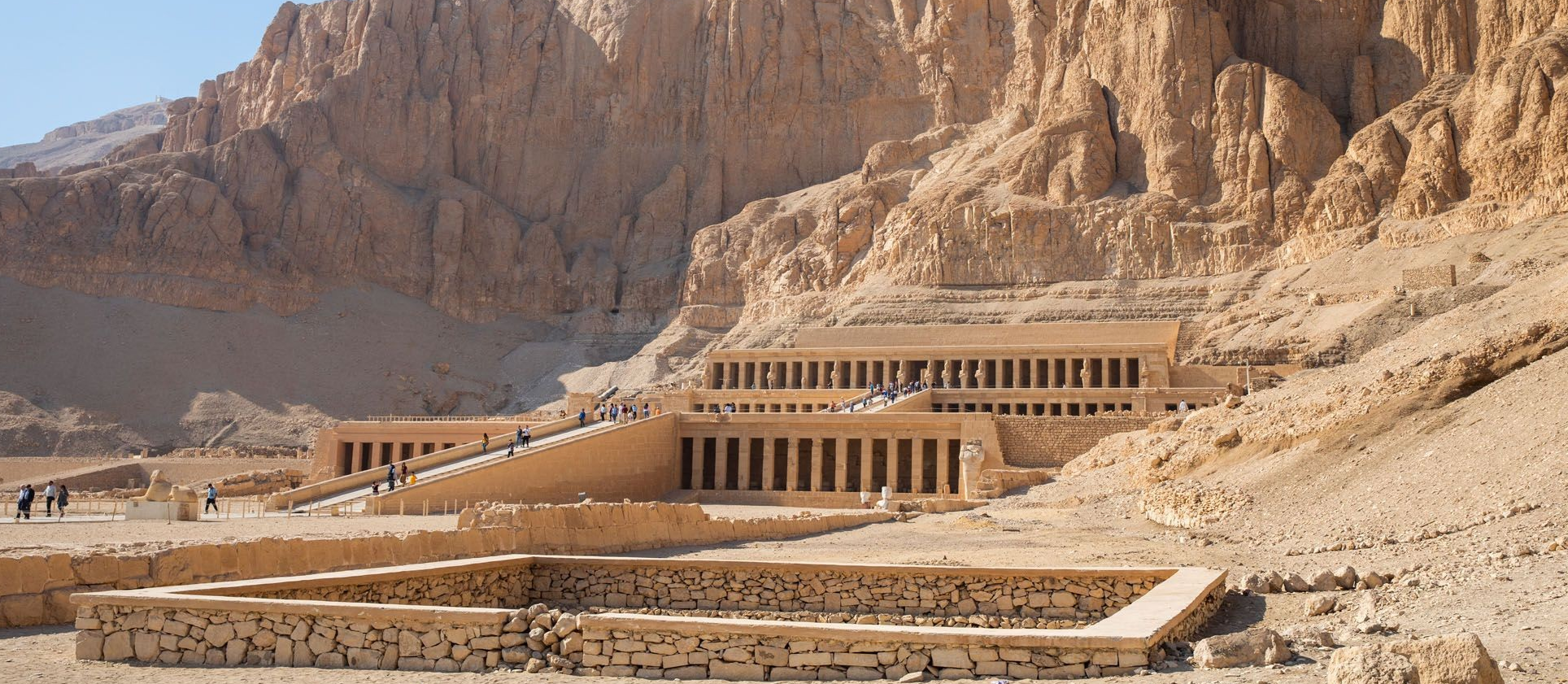


















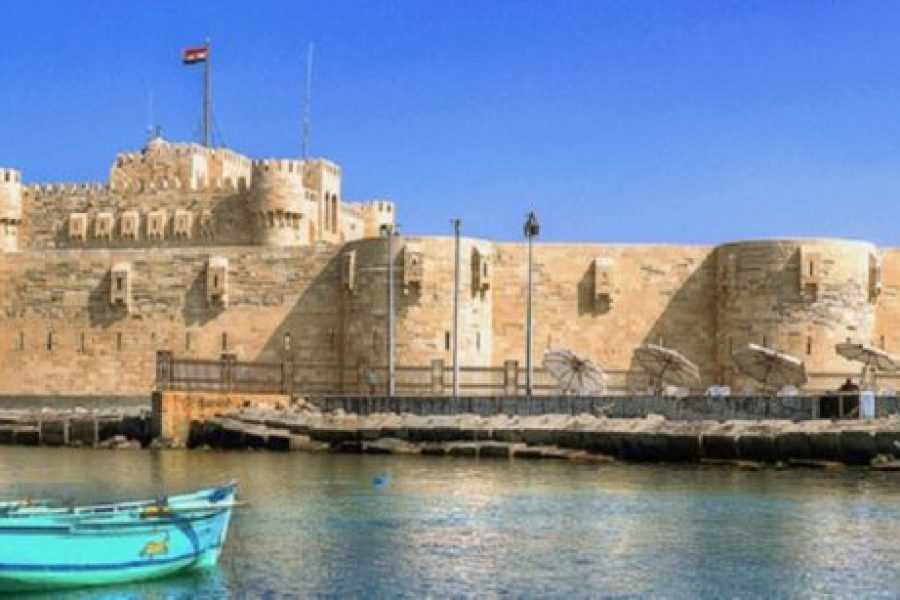
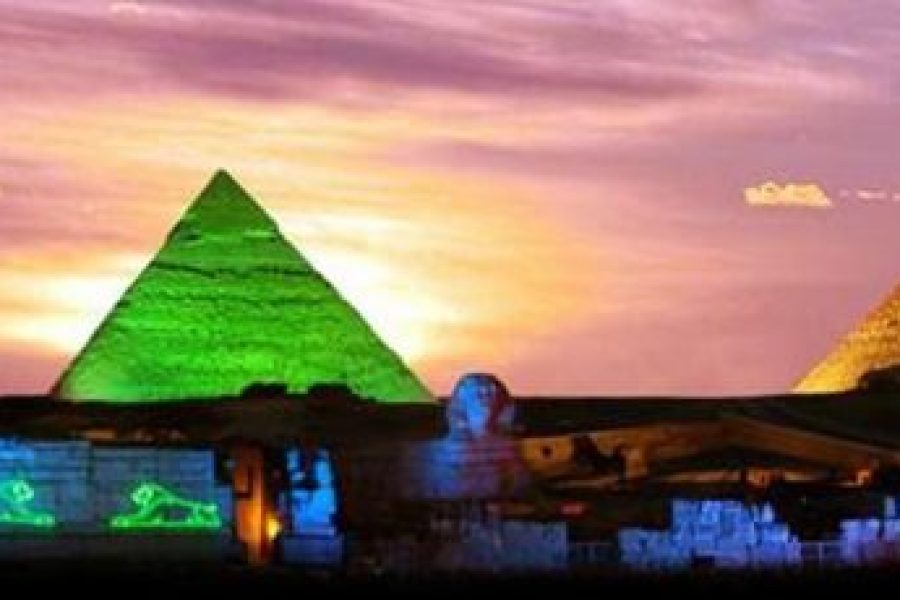


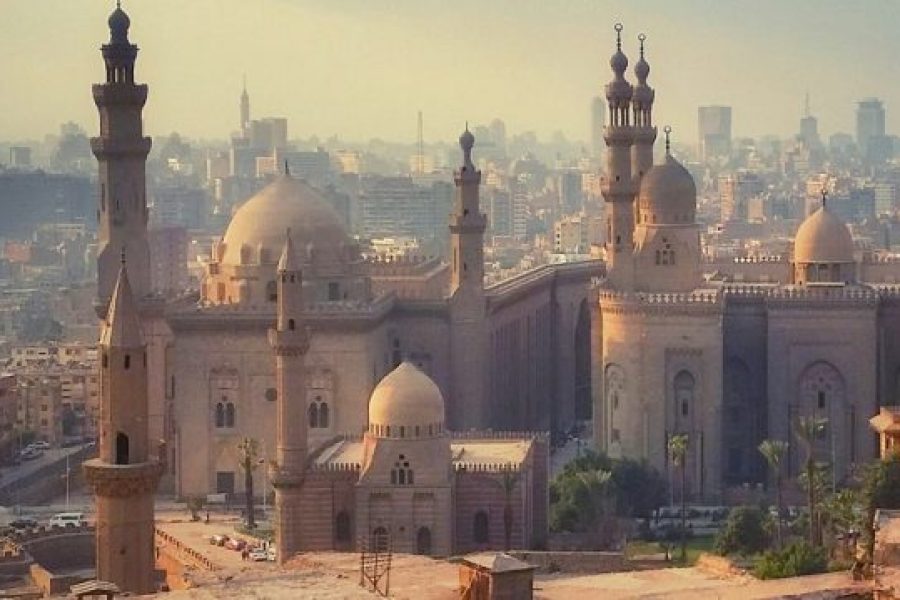

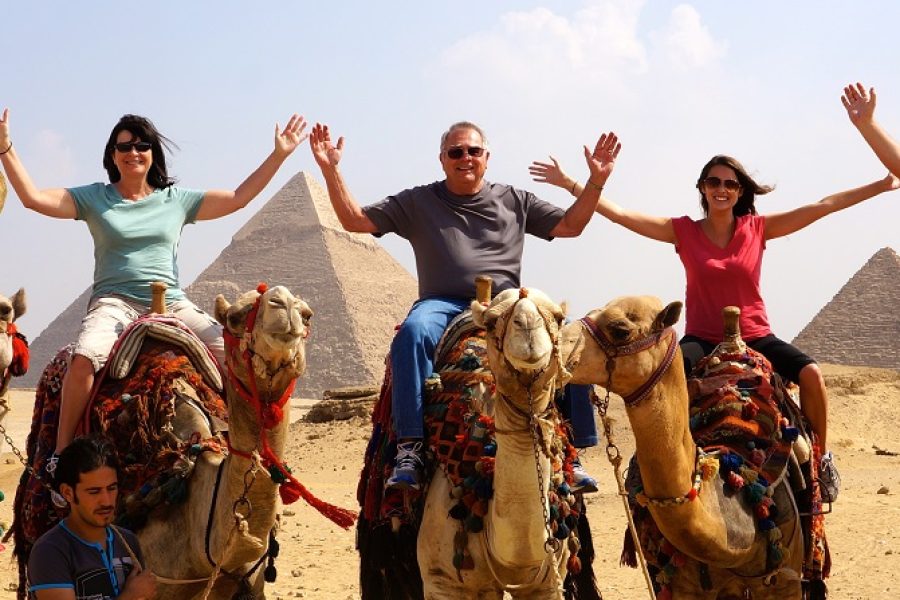
Leave a review